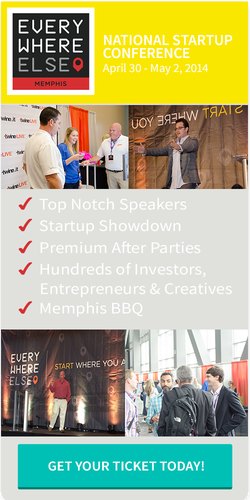
For successful startup founders, it is critical to understand the distinction between unavoidable challenges and unforced mistakes. Too many startups fail as a result of the same set of predictable mistakes: poor planning, poor timing, poor understanding offinance. It is poor business intelligence. Starters who lack access to the right information or the skills to put that information to work are at a disadvantage.
 Smart startup founders look outside their own networks to bring in new skills and gain better access. For better business intelligence, the best person to add to your information network is a librarian. Whether online via chat or at your local library, she can help you navigate the library’s vast, free resources to find the information you need and avoid common, costly mistakes.
Smart startup founders look outside their own networks to bring in new skills and gain better access. For better business intelligence, the best person to add to your information network is a librarian. Whether online via chat or at your local library, she can help you navigate the library’s vast, free resources to find the information you need and avoid common, costly mistakes.
Failing to know the market
You have a fantastic idea for a product you’re sure will change lives and make a fortune. But sometimes a passion for an idea can blind you to the realities of the market. Your librarian can help you access databases and the hidden web where you can research patents and use tools such as LexisNexis, JSTOR and Standard & Poor’s to conduct the market research you need to complete before launching.
Lacking focus
Too many startups jeopardize their chances of success by attempting to be multiple things at once. The reality is that most startups struggle to master a single service or product well enough to survive. As you’re piecing together your business plan, a librarian can assist you in researching market conditions, competitors and supply chains to help you focus where you’re most likely to succeed.
Unclear understanding of financials
You don’t need to be a CPA to start a business, but you need to understand the basics of finance. This will help you later as you begin to negotiate loans and equity lines, but more crucially, basic financial literacy will help you determine what is feasible for your business.
Librarians are trained to locate the highest quality, most reputable sources of information and will guide you to the correct resources for assistance.
Failure to listen to customers
Passion is the defining feature of an entrepreneur, and the force that drives success. But passion can be self-defeating if it makes you blind to the preferences of your customers.
Think of the library as a beta site or showroom. It’s a space where you can get your product in front of potential customers from an early stage and see how they react. It may turn out that once your product is in consumers’ hands it gets used in entirely different ways than you imagined. By incorporating the library into your product development process, you will always have real-world usage data to signal consumers’ preferences.
No plan
You need to map where your company will be in 6 months, a year, 2 years and sometimes even longer. Do your homework and determine what you would need to have in place to make it happen. Will it require outside investment? Leverage your library for the resources you need to put together your pitch deck. Will it require continued innovation? Use your library to access scientific and scholarly journals to stay up on the latest developments in your field.
Information is ubiquitous, but finding the right information can be frustratingly illusive. The difference to your success could be the librarians who have both the skills and the sources that could solve many of the problems you face in garnering good, fact-based information, research, statistics and data that could help you avoid many of these problems.
If you make the library a central resource in your business, and depend on the knowledge, training and skills of your librarian, you will find yourself in better control of the information you need to succeed. It’s no secret that founding a business is a difficult and allconsuming occupation, but with a librarian in your corner, you will be able to approach the challenges with a clear mind and deep well of information.
John Chrastka is founder of EveryLibrary, a library advocacy organization dedicated to preserving local library funding and ensuring access. As a former tech entrepreneur, one of John’s goals is to raise awareness of the resources libraries and librarians can provide to the tech community, for free with a library card. John can be found on Twitter at @mrchrastka. You can learn more about EveryLibrary at EveryLibrary.org.















 Begging might not be so bad.
Begging might not be so bad.

 Use your negotiation skills
Use your negotiation skills  Trade-offs is vital
Trade-offs is vital